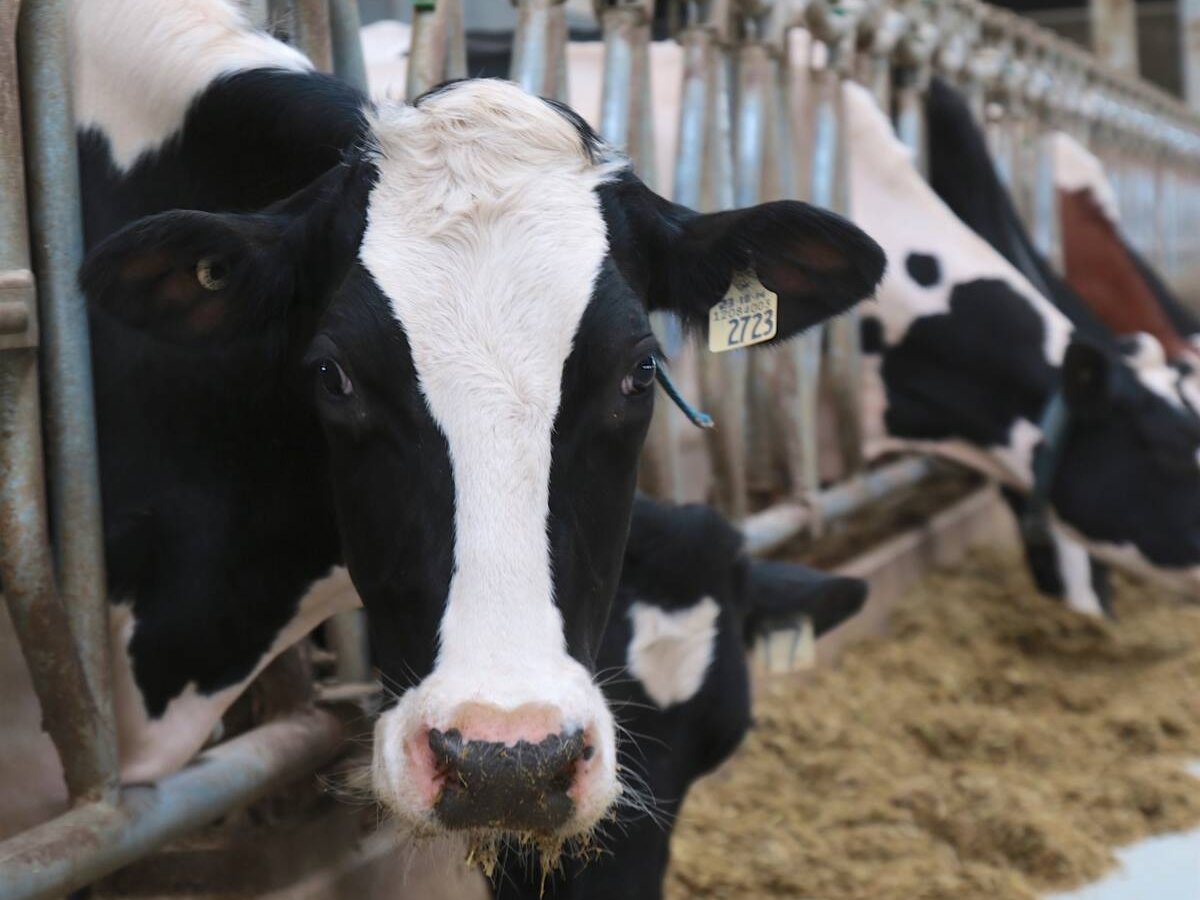PALOMINO VALLEY, Nev. – The evocative image of the wild mustang as a perfectly proportioned beast running free on the open range is a romantic notion.
The reality is that wild horses are apt to be shaggy creatures with less than perfect body structure and temperament.
“I don’t think there are any true mustangs,” said rancher Ed dePaoli, who lives near the National Wild Horse and Burro Centre in Palomino Valley, Nevada.
Most are descended from unwanted burros and horses that were turned loose and multiplied.
Read Also

The Organization for Economic Co-operation and Development lauds Canada’s low farm subsidies, criticizes supply management
The Organization for Economic Co-operation and Development lauded Canada’s low farm subsidies, criticized supply management in its global survey of farm support programs.
The burros came from large sheep farms that once covered this part of the United States, while others worked in the nearby silver and copper mines.
“If they didn’t get rich mining, they turned the burros loose,” dePaoli said.
The federal government’s Bureau of Land Management (BLM) has protected the wild burros and horses since 1971.
It is estimated that public lands can support 27,000 head, but many more than that are running free in 10 western states.
The Nevada centre is gathering and rehabilitating animals for adoption. Those that prove unsuitable were previously sent to slaughter.
However, since last year when the U.S. government banned horse slaughter and the export of horses for slaughter to Canada, the centre has attempted to find other markets in which to place their horses.
“The market for horses is pretty slim,” centre manager John Neill told a recent agricultural tour sponsored by the National Cattlemen’s Beef Association.
The 30-year-old facility is a former cattle feedlot that can handle as many as 1,650 horses at a time.
Each year it receives 3,000 to 5,000 animals that are removed from the open range in Nevada.
Private contractors round up the horses by truck and helicopter at a cost of $550 each.
The centre spends $5 a day to feed each horse, resulting in an annual budget of $1.7 to $2.1 million, depending on feed prices.
The average horse stays at the centre for 220 days. Neill estimates each animal costs about $2,500 from the time it is rounded up until it is adopted for $125.
Horses are sorted by sex, age and size when they arrive. Stallions are gelded and all horses are dewormed and vaccinated for influenza, West Nile virus, tetanus and other equine diseases. All horses receive a freeze brand on the neck with a unique identification number recorded in a central database.
The animals are then placed in corrals and fed grass hay, which is close to what they ate on the range.
The horses are not familiar with humans, so handlers use state of the art sorting equipment and a padded hydraulic chute to avoid injuring them during processing.
People who wish to adopt horses from the centre must meet certain requirements, such as having enough corral space, no barbed wire and an agreement not to sell them for slaughter. The centre passes along the ownership title a year after the adoption, providing the adopted horse passes a vet inspection.Â
Most people want colts or horses younger than four years old.
The centre expects that as many as 250 foals will be born at the centre this spring. Not all survive because the mares may not be in good health or they are under stress after capture.Â
Severe drought last year harmed many wild horses on the range. When 800 were brought in after months of next to no forage and little water, 170 were in serious condition and many died.
Because they were living on brush and eating dirt, the bacteria in their guts changed and a salmonella outbreak forced the centre to shut down to the public. Nearly 200 horses died in three weeks.
Wild horses are a sensitive public issue. Those running on public land are protected but these lands are designated as multiple use for grazing, wildlife habitat and recreation. Too many horses can destroy the range for cattle grazing and wildlife habitat.
Birth control has been tried with mixed results.
“It is only used on an experimental basis on several herds in the west but it has not slowed down the rate of growth,” Neill said.
“It’s not a fix all by any means.”
In 2007, the bureau spent $38.8 million on its wild horse and burro program.
It removed 7,726 wild horses and burros from the range as of the end of September. Of the animals collected, the bureau placed 4,772 into private care through adoption. Since 1973, it has adopted out more than 218,000 animals.















